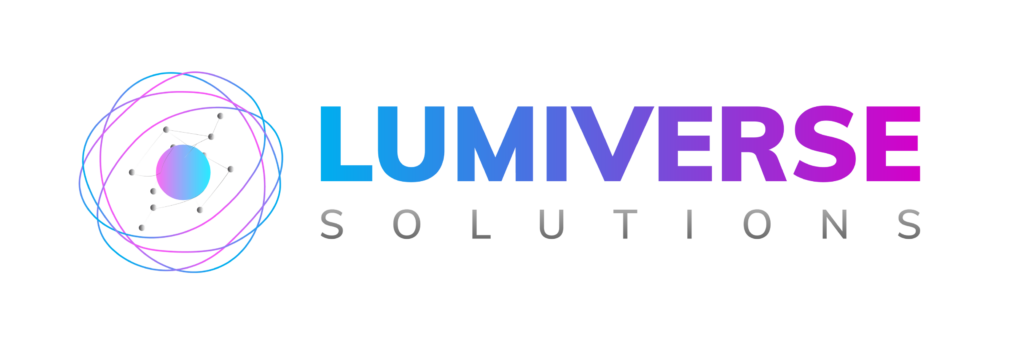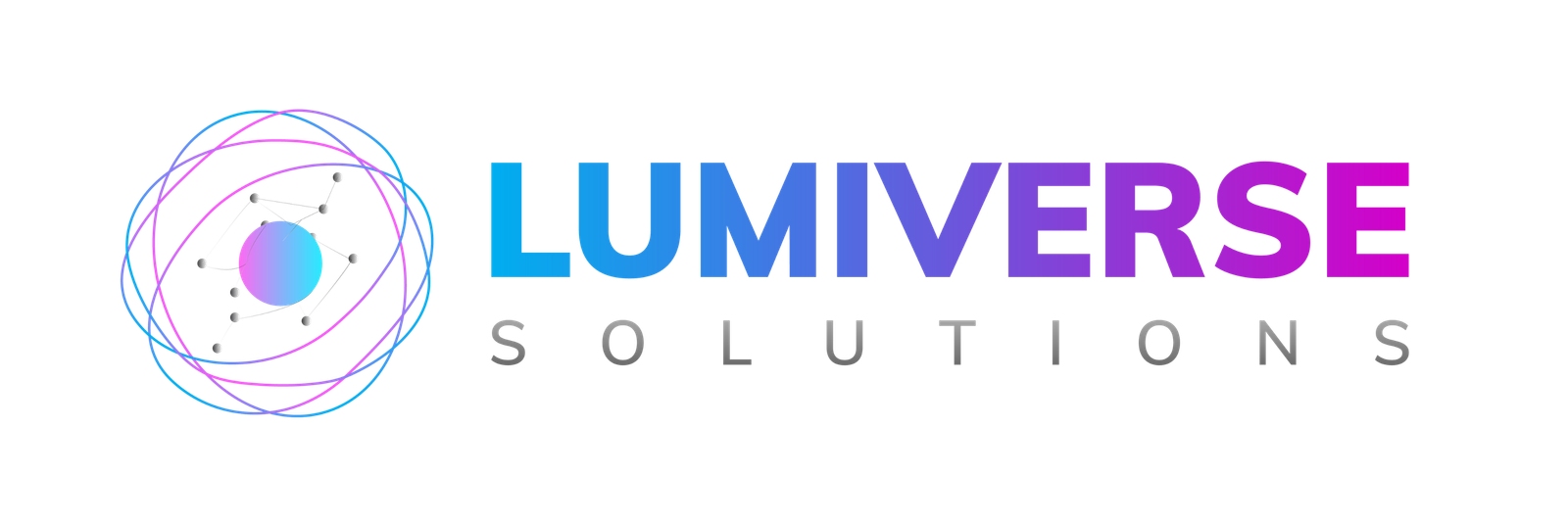The Rise Of New Hacktivism Political Hacking Explained

INTRODUCTION
In the constantly changing domain of cybersecurity, there is one phenomenon discreetly transforming digital activism: the emergence of new hacktivism. From revealing government corruption to targeting multinational corporations, hacktivists nowadays are much more than virtual rebels they are cyber warriors in an age where the keyboard is more powerful than the sword.
As our reliance on online platforms increases, so does the effect of politically driven cyber attacks. This blog sweeps you into the emergence of new hacktivism: what it’s all about, why it’s booming, how it operates, and what it holds for our future.
What Is Hacktivism?
Hacktivism is a combination of “hacking” and “activism.” It describes employing computer technology to advance a social change or political agenda. Unlike criminal hacking, which seeks personal or financial return, hacktivism is frequently motivated by ideology, ethics, or dissent.
Examples are:
Defacing government websites
Leaking classified documents
Distributed Denial of Service (DDoS) attacks to cripple operations
Spies for oppressive regimes to defend citizens’ rights
The emergence of new hacktivism demonstrates how cyberdissidence can be equally powerful and far-reaching as conventional protest movements.
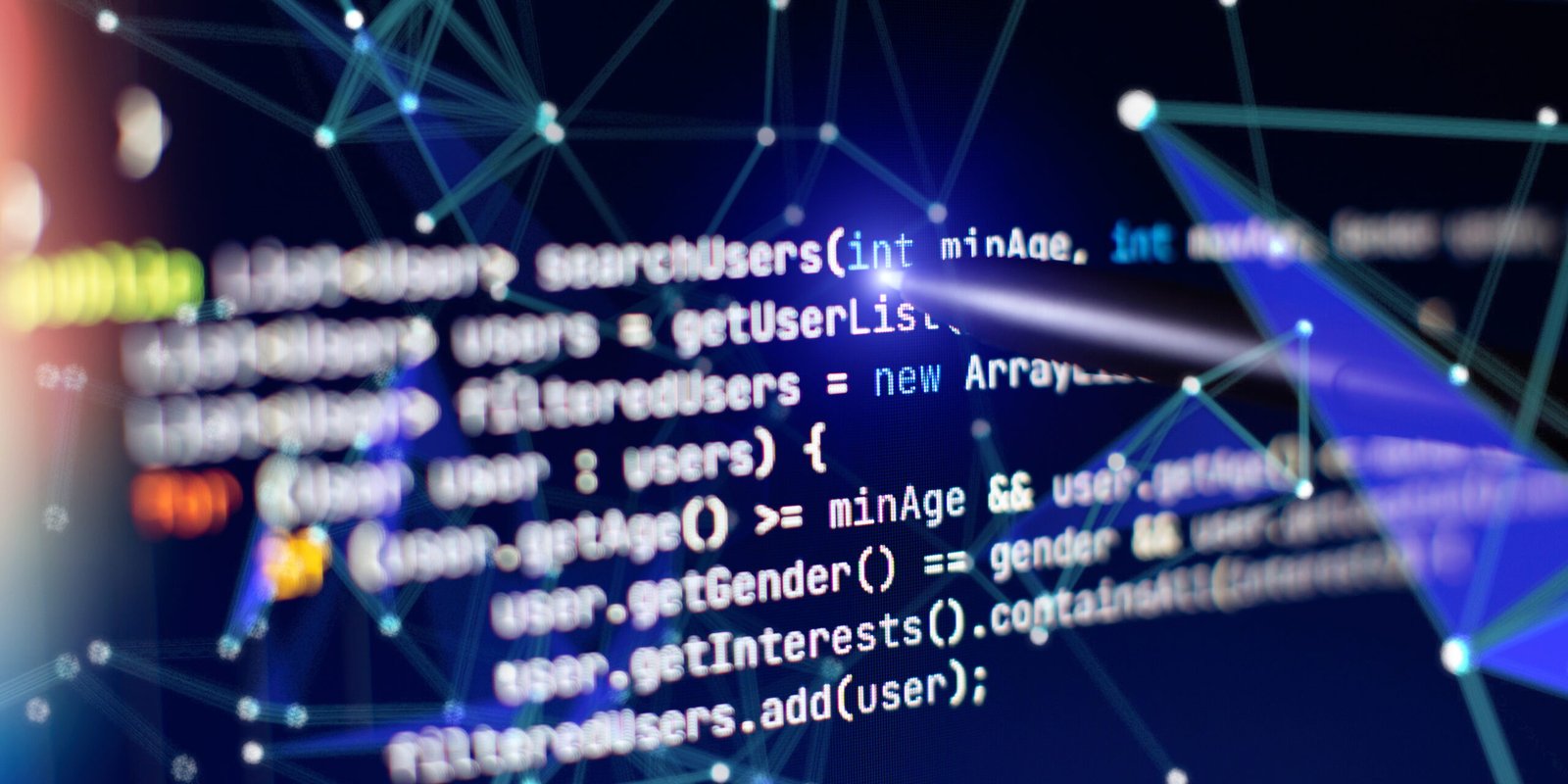
The Evolution: The Emergence of New Hacktivism
Previous hacksorties of hacktivism were fairly amateurish—site defacements or demonstration banners on compromised websites. But the advent of new hacktivism has transformed all that.
New hacktivist organizations:
Employ sophisticated encryption and anonymous messaging techniques
Organize worldwide, usually lacking centralized command structures
Use AI, bots, and blockchain to execute sophisticated, coordinated campaigns
Combine activism and cyber war, impacting actual geopolitics
The new wave is supported by expanding global discontent, censorship, and the growing availability of hacking tools and techniques.
Why Hacktivism Is Increasing?
The reason is the emergence of new global tensions:
1. Government Surveillance and Control
Authoritarian governments across the globe continue to shut down dissent. In response, hacktivists seek refuge in cyberspace, where they can retaliate anonymously and with global reach.
From open-source hacking platforms to how-to guides on the dark web, anyone with minimum knowledge can become a part of the movement. The emergence of new tools gives power to amateur activists and professional hackers alike.
3. Global Political Polarization
With ideologies at odds, hacktivism is used as a means to an end by both sides of the fence. Whether pro-democracy activists or radical extremists, most view cyberattacks as a valid means of protest.
4. Amplification through Social Media
Social media sites are used by hacktivists to broadcast their discoveries, embarrass institutions, and rally support. Viral effect is equally valued as the breach itself.
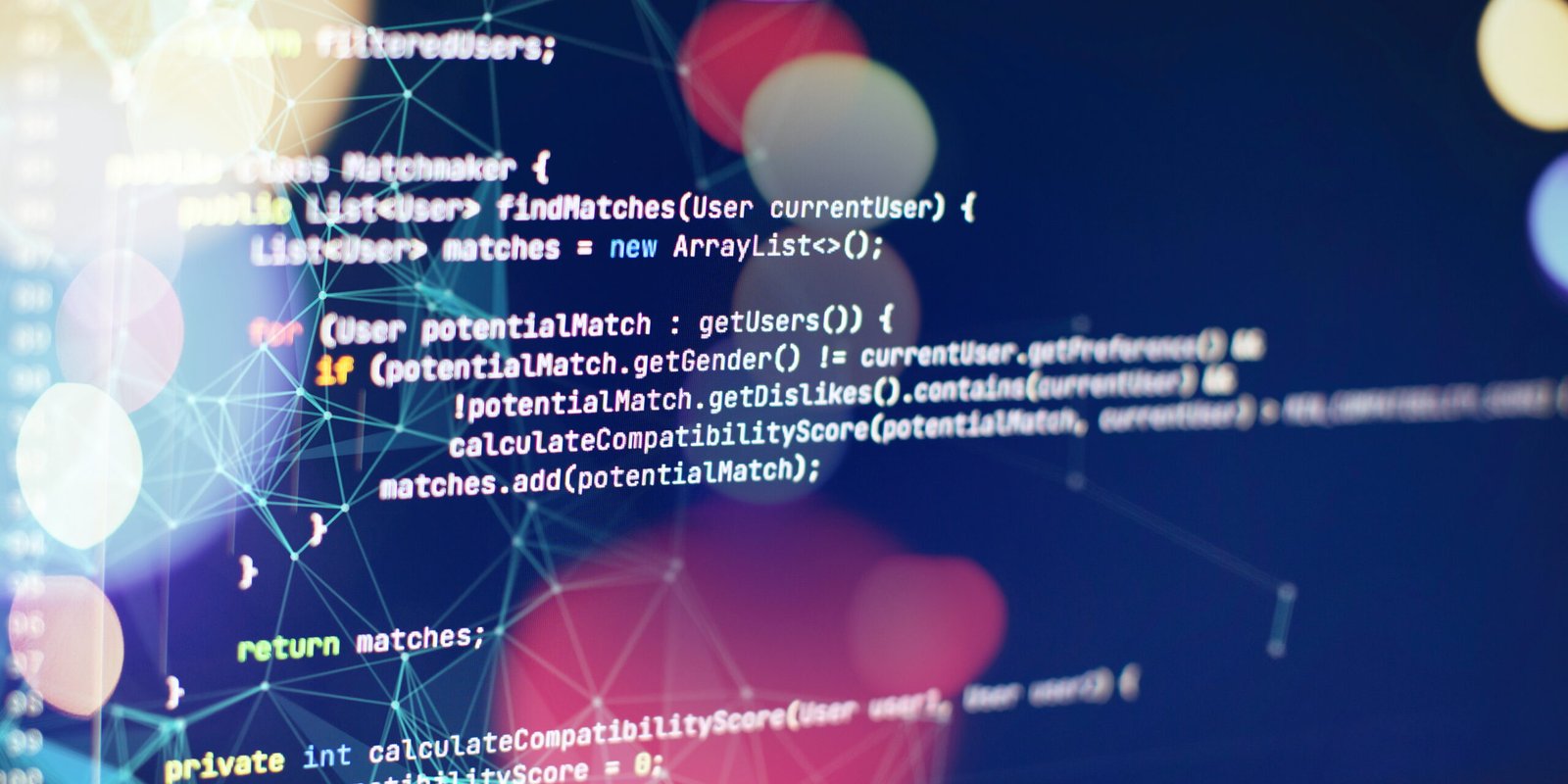
Top Hacktivist Organizations behind The Surge of New Attacks
Anonymous
Arguably the most notorious collective in hacktivist history, Anonymous has brought down government, religious, and corporate websites. Their maxim—”We are Legion”—illustrates the decentralized, collective ethos integral to the emergence of new digital movements.
GhostSec
A spinoff from Anonymous, GhostSec focuses on terrorist groups and repressive governments. Its activities have infiltrated ISIS networks and released state secrets.
RedHack
Turkey-based, this Marxist-Leninist organization is responsible for attacks on government infrastructure and schools with the purpose of calling attention to income disparity and authoritarianism.
Active in Latin America, this organization attacks mining corporations, police units, and governments with which it accuses them of collaborating on environmental and human rights violations.
Cyber Partisans (Belarus)
Active in cyber sabotage of authoritarian Belarusian leadership, releasing confidential documents and interfering with operations.
Techniques Behind the Rise of New Hacktivism
While the emergence of new hacktivist groups persists, their methods improve:
1. Doxxing
Releasing a person’s or company’s confidential or private information in order to damage their reputation or get them into legal hot water.
2. Data Leaks
Gigantic caches of plundered information—such as emails, contracts, or databases—are dumped into public or investigative journalists’ hands.
Employed to silence or shame a target.
4. Deepfakes and Misinformation
Propaganda or discrediting rivals is done using false media and manipulated news.
5. Ransomware with a Message
As opposed to common ransomware, political hackers may encrypt information not for financial gain—but to coerce policy shifts or bring attention to matters.
Recent Examples of New Hacktivism in Action
Russia-Ukraine Cyber War
Hacktivist groups on each side attacked government infrastructure, media outlets, and banks. This conflict represents the emergence of new digital battlefields.
Iran Protests (2022–2023)
Hacktivists attacked Iranian government websites, state TV broadcasts, and surveillance systems in a bid to support women’s rights.
Myanmar Military Regime
Activists leaked information and hit military systems following the 2021 coup, highlighting a new online resistance.
#OpIsrael / #OpIndia
International hacker groups coordinated strikes against state-run websites in reaction to political scandals.
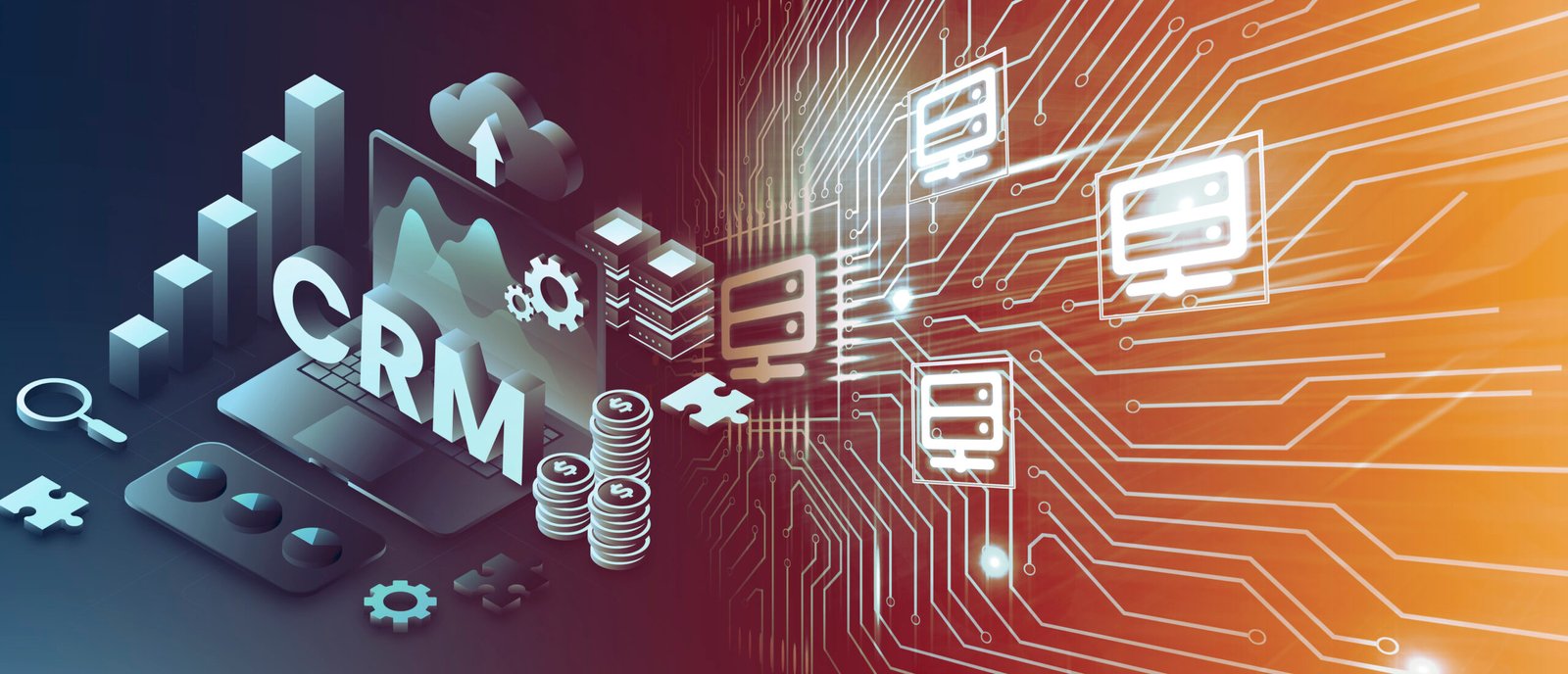
Ethical Dilemma: Activism or Cybercrime?
While some hail hacktivism as new resistance, others see it as illegal and risky.
Arguments For:
Raises awareness
Safeguards civil liberties
Discovers corruption
Arguments Against:
Breaks laws
May result in collateral harm
Facilitates vigilante justice
As new digital ethics rise, governments and cultures have to debate where to draw the line.
Getting Ready for the Future
Companies need to get ready for this coming threat. Actions include:
Strengthen Cyber Defenses
Regular audits
Firewall updates
Employee awareness training
Monitor the Deep and Dark Web
Employ tools to monitor conversations or threats against your brand or country.
Public Relations Readiness
Have a reputational damage communication plan in place for cyberattacks or leaks.
Practice Open and Transparent Activities
Transparency can lower the attractiveness of hacking your brand or organization.
The Role of International Law
International law is not able to keep up with the expanding growth of new hacktivism. Current issues are:
Defining hacktivism legally
Distinguishing between activists and cyber terrorists
Exercising justice across borders
Organizations such as the UN and INTERPOL are starting to research frameworks, but enforcement is still challenging.

Conclusion
Reading from the way new hacktivism has evolved, we can see that the internet has evolved to be more than a place for interaction—it’s a place for protest, resistance, and change. Physical activism is geographically and spatially limited, but cyberactivism knows no bounds. It can mobilize sympathizers in an instant, reveal corruption in one leak, and bring down systems in a series of lines of code.
The emergence of new digital warriors has empowered the voiceless, brought biased systems to light, and dismantled strong institutions. With more growth comes greater responsibility—to activists, governments, and society. As the technology becomes more sophisticated, the distinction between moral protest and cybercrime is getting murkier.
For organizations and institutions, it is now not an issue of selection to know about the emergence of new waves of hacktivists—it is an issue of survival. They can minimize risks of being targeted by being watchful, making investments in cyber security, and embracing openness and can help build a safer and responsible cyber space.
Disclaimer
It does not incite, promote, or support any type of illegal activity such as hacking, system unauthorized access, or data breaches. The facts laid out here are to inform individuals about the dynamic nature of cybersecurity threats and how political hacktivism is good for society.
Readers are strongly advised to follow all applicable laws and ethical guidelines in their countries when dealing with cybersecurity practices or digital activism. If you’re a business or individual concerned about cyber threats, please consult with a licensed cybersecurity professional for appropriate guidance.
Recent Posts
Categories
- Cyber Security
- Security Operations Center
- Cloud Security
- Case Study
- Technology Trends
Vulnerability Assessment & Penetration Testing (VAPT)
Buy our VAPT services to identify vulnerabilities, simulate real-world attacks, and strengthen your systems against cyber threats effectively.

iso compliance service
Buy our ISO Compliance services to streamline processes, ensure security, meet global standards, and maintain industry certifications with ease.
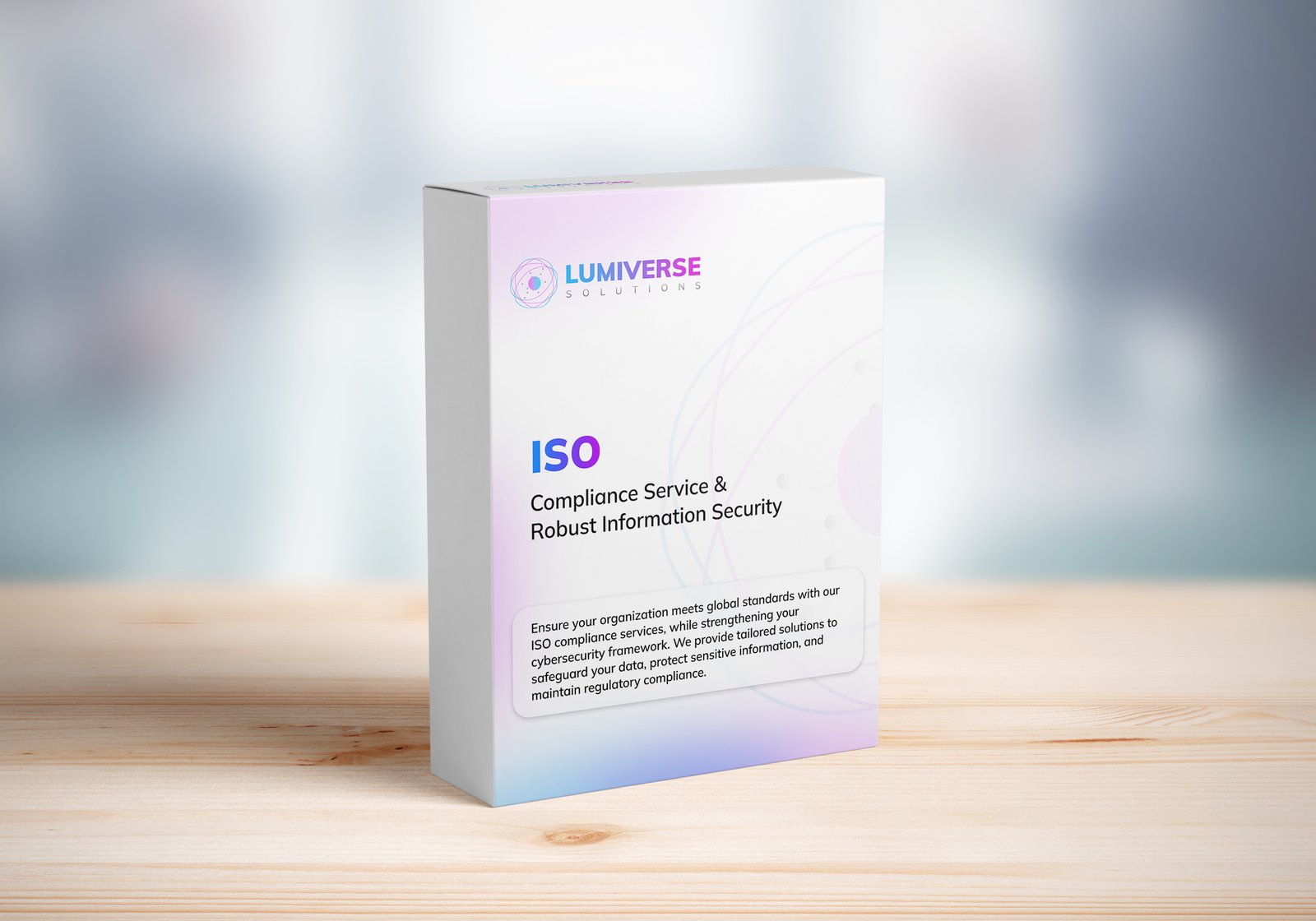
SOC 2 Compliance Audit
Ensure your business meets security, privacy, and compliance standards with our SOC 2 Compliance Audit services. Protect data, build trust, and stay secure. Buy our services today!

GDPR Compliance Audit Services
Ensure your organization meets GDPR standards with our expert compliance audit services. Protect data, avoid penalties, and enhance privacy practices. Buy our services today to stay secure and compliant!

Subscribe to our Research
Enter your email address to subscribe to Lumiverse Research and receive notifications of new posts by email.
Tell Us Your Opinion
We value your perspective! Share your thoughts, feedback, or questions below. Your opinion matters and helps create a richer, more engaging conversation. Let’s connect and hear what you think about this post!
